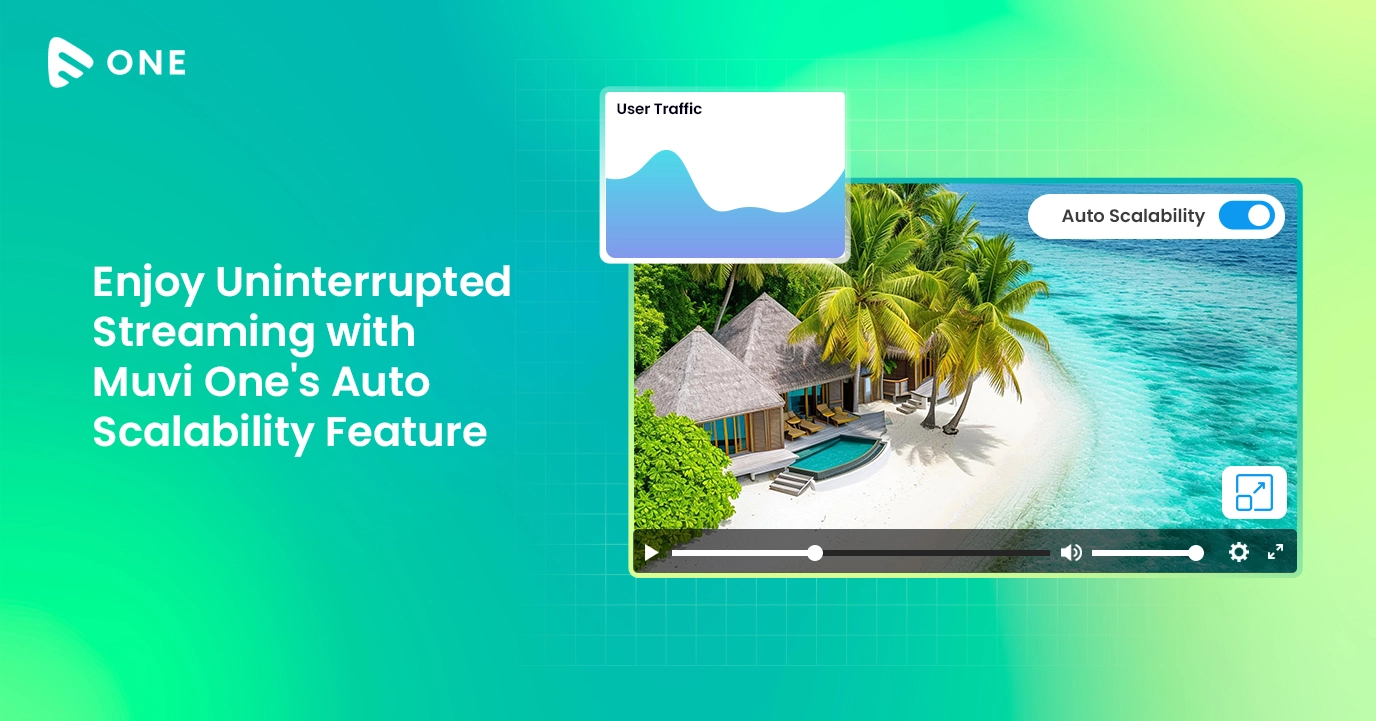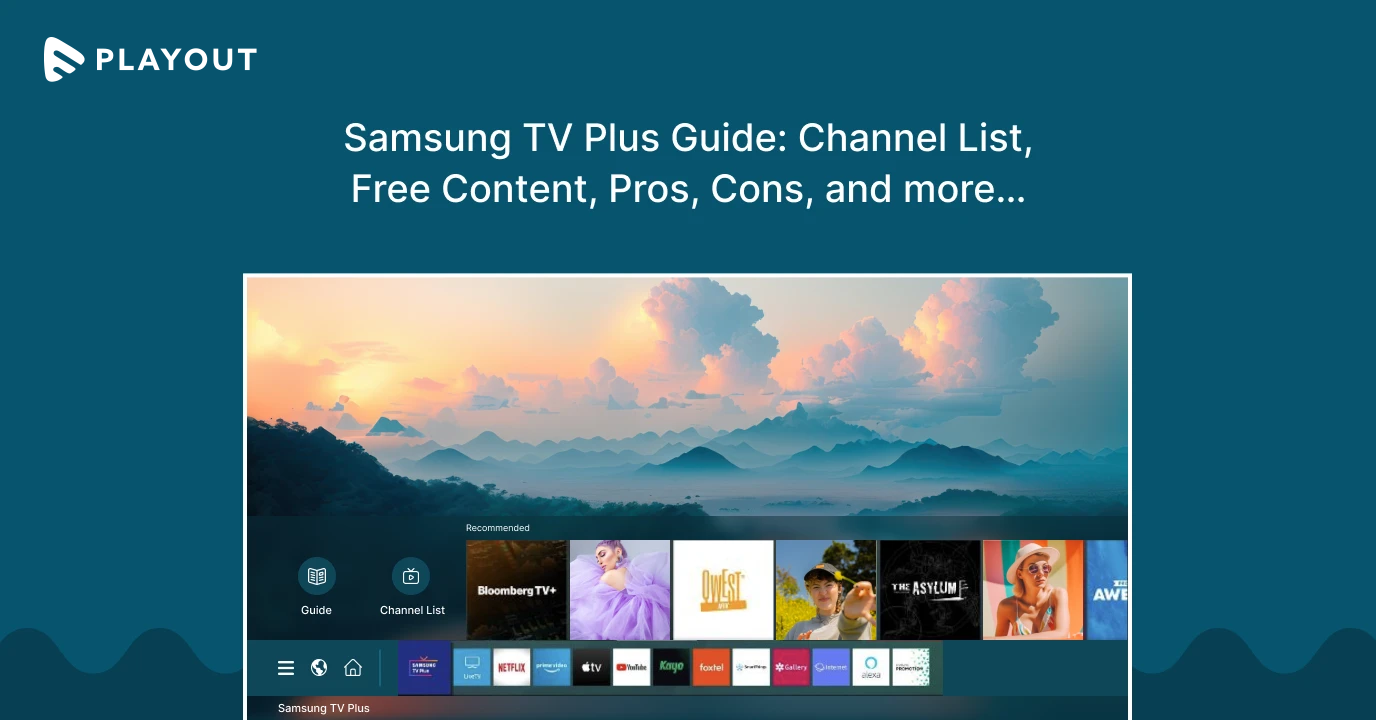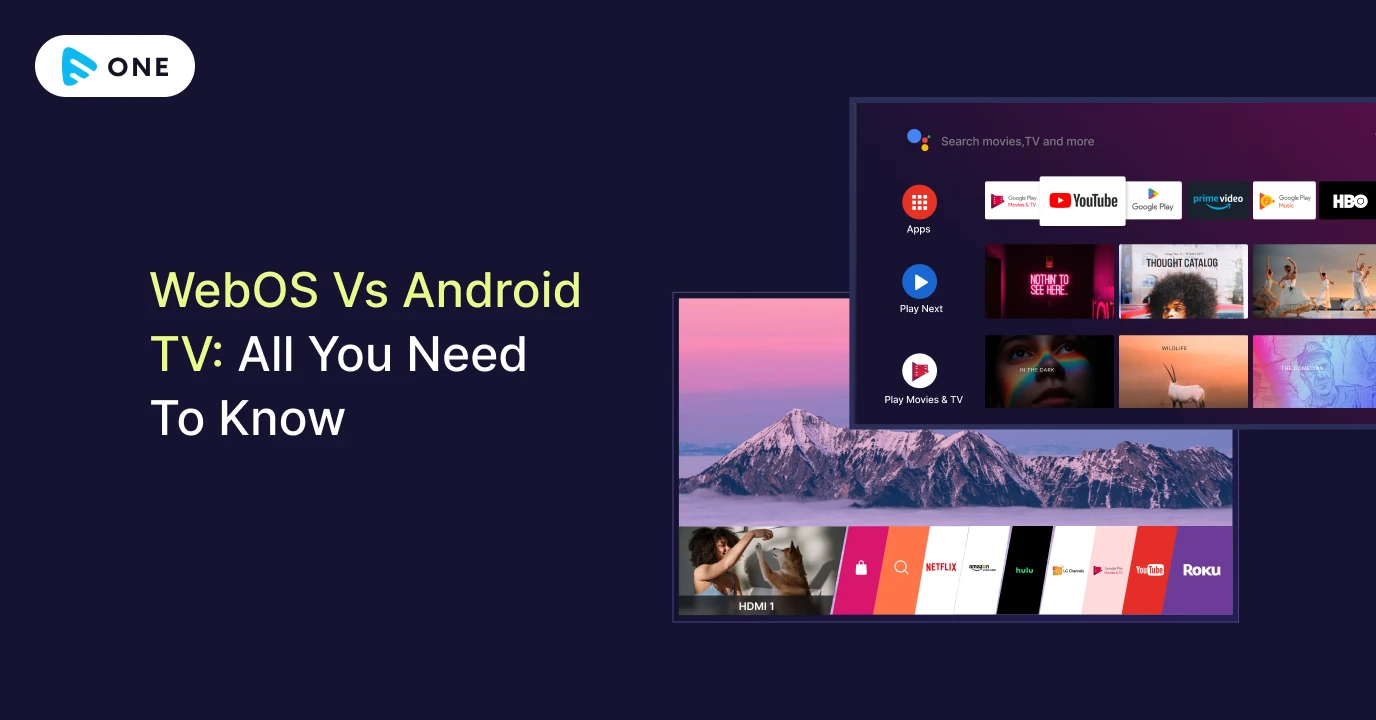Powered by the unparalleled infrastructure of AWS, Muvi One effortlessly handles high traffic volumes and concurrent users, ensuring your audience enjoys uninterrupted streaming, no matter the demand.
Our auto-scaling lifecycle dynamically adapts to your traffic patterns, providing an infinitely scalable solution that grows with your platform. Whether you’re managing a surge in live viewers or expanding your VOD library, Muvi One ensures your streaming service remains smooth and reliable.
Vertical Scaling: Scaling Up and Down with Muvi One
Vertical scaling, also known as scaling up or down, is a powerful technique used to enhance the capacity of existing resources by adjusting their computational power, memory, or storage. This method allows you to dynamically increase or decrease the number of virtual central processing units (vCPUs), memory, or storage allocated to your resources based on your current needs.
For example, if you are running a C5a.xlarge EC2 instance with 4 vCPUs and 8 GB of memory, and you find that your application requires more power to handle increased demand, you can scale up to a C5a.4xlarge instance. This upgrade boosts your instance to 8 vCPUs and 32 GB of memory, providing significantly more processing power and memory to handle higher workloads.
Muvi One ensures that your streaming infrastructure remains adaptable and cost-effective, providing the necessary resources exactly when you need them. Whether you’re scaling up to accommodate a spike in live viewers or scaling down during off-peak hours, Muvi One’s vertical scaling capabilities make it easy to maintain seamless performance and reliability for your streaming service.
Horizontal Scaling
Horizontal scaling, also referred to as scaling in or out, is a critical strategy for managing and optimizing the performance of your streaming infrastructure. This approach involves adding or removing resources, such as virtual machines or servers, to meet the demands of your application or service.
For example, consider a scenario where you are hosting a web application on a single EC2 instance. As your user base grows and traffic increases, a single server might struggle to handle the load, leading to potential performance issues. To address this, you can scale out by adding two additional EC2 instances. This expansion distributes the workload across multiple servers, enhancing the overall performance, reliability, and availability of your application.
Muvi One uses the power of AWS to facilitate seamless horizontal scaling, enabling your streaming platform to adapt effortlessly to varying levels of demand. Whether you’re dealing with a surge in live viewers, launching a new content series, or simply optimizing for cost efficiency during quieter periods, horizontal scaling provides the flexibility and resilience your service needs.

Resource-based Scaling
Resource-based scaling involves dynamically adjusting the number of EC2 instances running an application based on predefined resource utilization thresholds. When these thresholds are reached, the system automatically scales up or down to maintain optimal performance and resource efficiency.
For example, if the CPU utilization of the existing instances exceeds a specified percentage, additional EC2 instances are launched to distribute the load and ensure smooth operation. Conversely, if the resource usage falls below a certain level, indicating that fewer resources are needed, the system will terminate some of the instances to reduce costs and avoid over-provisioning.
This type of scaling is critical for maintaining the application’s responsiveness and cost-effectiveness, as it allows the infrastructure to dynamically adapt to varying loads without manual intervention. By leveraging AWS Auto Scaling groups and CloudWatch monitoring, the system can continuously monitor key metrics such as CPU usage, memory utilization, and network traffic.
Request-Based Scaling
Request-based auto-scaling is a sophisticated feature that dynamically adjusts your infrastructure based on real-time traffic demands. This approach activates additional resources when the number of incoming requests reaches a predefined threshold, ensuring optimal performance and user experience during peak times.
As the request volume decreases, the auto-scaling mechanism efficiently reduces the number of active instances. Instances are removed from the cluster, conserving resources and lowering operational costs. This dynamic scaling capability ensures that your platform remains both responsive and cost-effective, adapting in real-time to the ebbs and flows of user demand.
Muvi One uses the power of request-based auto-scaling to provide an elastic and resilient streaming solution. Whether you’re dealing with a sudden spike in live viewers during a popular event or managing regular traffic fluctuations, request-based scaling ensures your infrastructure is always right-sized. This automatic adjustment not only enhances performance but also optimizes resource utilization, delivering a seamless experience to your audience without unnecessary expenditure.
Static Content Storage
Muvi One stores static assets, including images, videos, and HTML files, on AWS S3 rather than on application servers. This approach minimizes unnecessary network traffic and guarantees high durability, infinite scalability, and encryption for the static content.
Dynamic Content Delivery
For dynamic content delivery, Muvi One uses a Content Delivery Network (CDN). This ensures that spikes in traffic are managed by the CDN infrastructure, with the origin servers responsible for rendering content. As a result, users enjoy a smooth experience even during periods of high traffic.
DB Query Caching
We use ElastiCache to cache database queries. This allows users to receive cached results, which reduces the load on the database and enhances performance, especially for read-heavy operations.
Session Data Storing
To minimize server load, we decouple session handling from individual servers by storing session data in DynamoDB. This enables users to log in on any server without losing session data, thereby improving both reliability and performance.
Muvi One is the world’s leading all-in-one OTT platform provider, enabling you to launch your own streaming service with ease. It includes comprehensive solutions for websites and apps for mobile and TV.
With Muvi One, you can create a streaming platform akin to Netflix, Spotify, Udemy, or ESPN+. Whether it’s video or audio, live streaming, or Video on Demand (VOD), Muvi One delivers a seamless multi-screen OTT experience. Start your free trial now!
















Add your comment